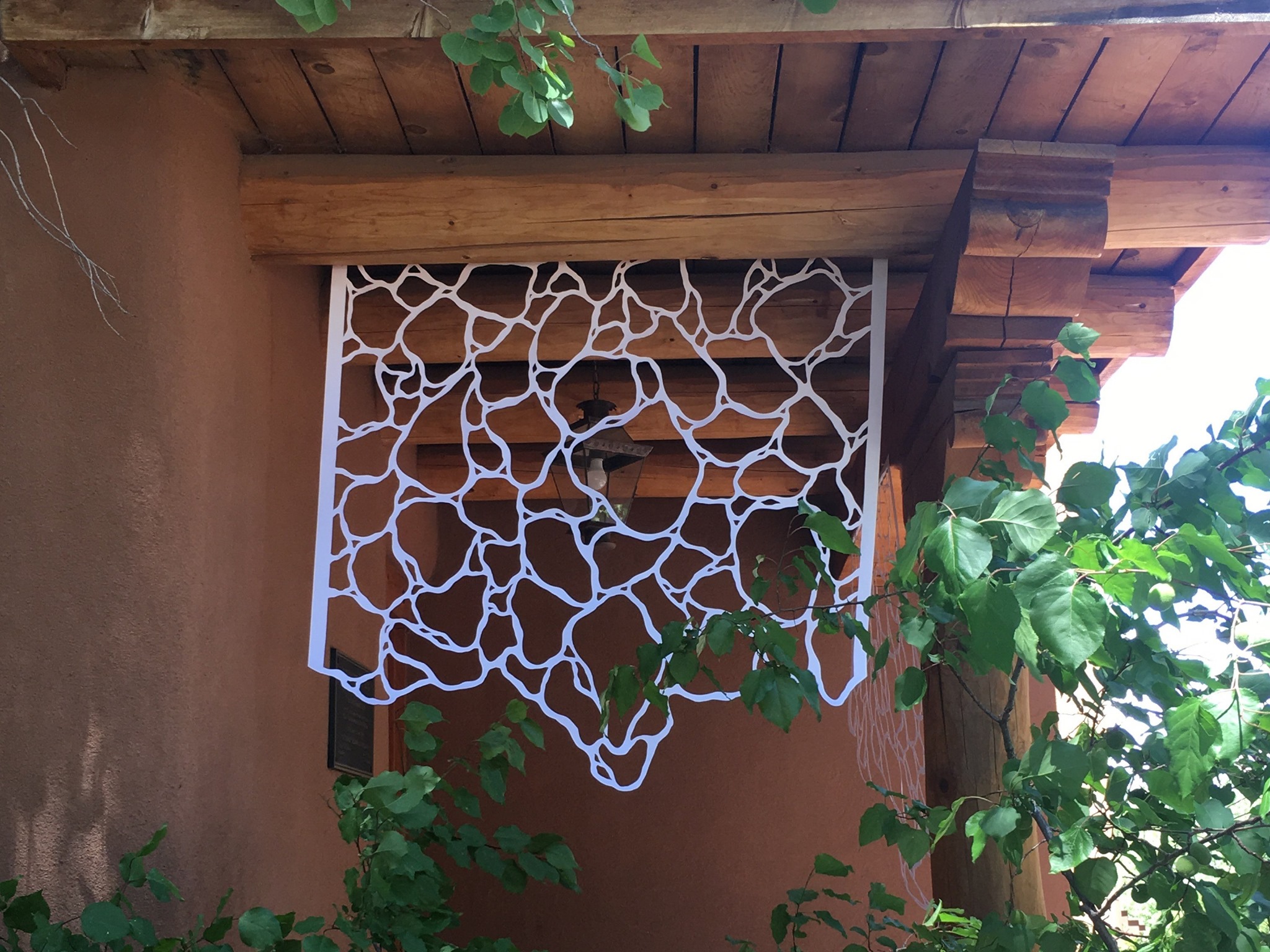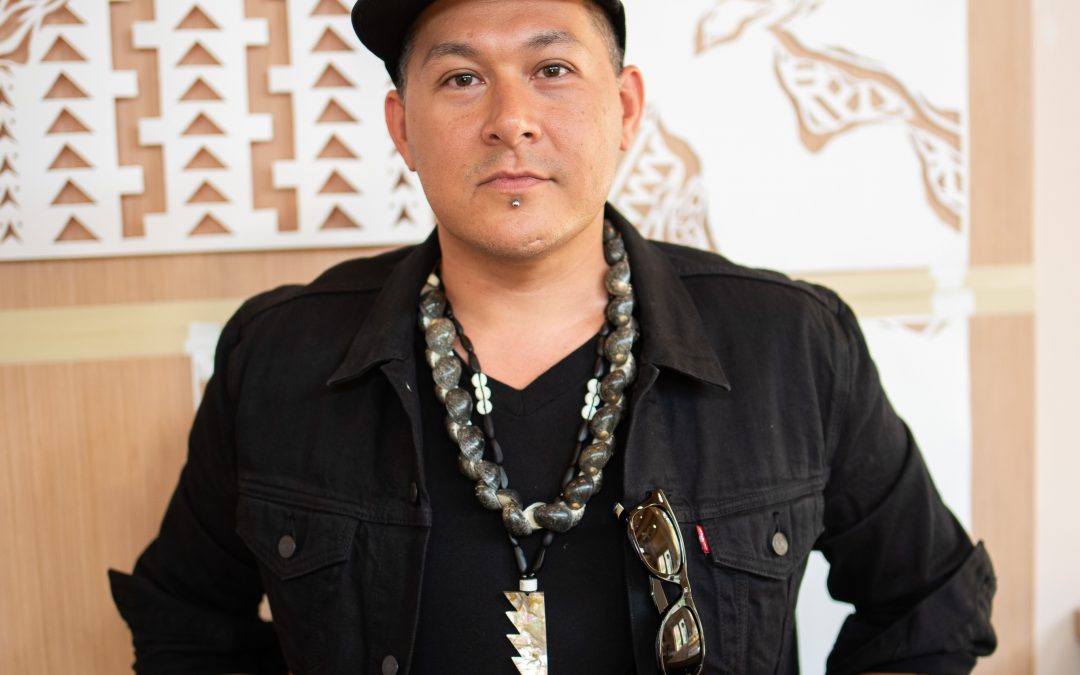Post written by Felicia Garcia
In just 3 weeks, 2019 Ronald and Susan Dubin Native Artist Fellow, Ian Kuali’i, takes the stage in SAR’s Eric S. Dobkin Boardroom to share about his fellowship experience. Through hand-cut paper works and ephemeral Land Art/Earth Works installations, Kuali’i bridges contemporary and traditional techniques and designs while addressing themes related to his own history and identity, as well as what he expresses as “intertwined system of bio-cultural landscape and modernization.”

Akua Hulu Manu #5 hand cut paper, Ian Kuali’i.

Freehand cut paper and ink sketches created for a series of contemporary ‘I’e Kūkū/Kapa Beaters, Ian Kual’i.
As illustrated by this quote, there is an element of privacy to Kuali’i’s work, which is also evident when he speaks about the Earth Works/Land Art installations that he has been planning. He described these ephemeral works as an exercise in expressing his own reverence for the land, which is a continuation of what his ancestors have always done to pay tribute to the land as their relative. His site-specific works are prayers that he explains are determined by the needs of the landscape. They are also personal—Kuali’i notes that the installations are created to exist beyond a capitalist and ownership-oriented art market. The land is the audience for these works, and while there will be photographic documentation, they cannot be owned. Just as in his hand-cut paper works, the intent of his Land Art/Earth Works is veiled within layers of beautifully composed designs and arrangements.

Freehand cut paper outdoor ephemeral banner hung under the Dubin Studio portal, Ian Kuali’i.

The talk is free and open to the public; advanced registration encouraged. Register here.
Learn more about our 2019-2020 Native American artist fellows here.
